Global Market Comments
July 22, 2020
Fiat Lux
Featured Trade:
(MY NEWLY UPDATED LONG-TERM PORTFOLIO),
(PFE), (BMY), (AMGN), (CELG), (CRSP), (FB), (PYPL), (GOOGL), (AAPL), (AMZN), (SQ), (JPM), (BAC), (BABA), (EEM), (FXA), (FCX), (GLD)
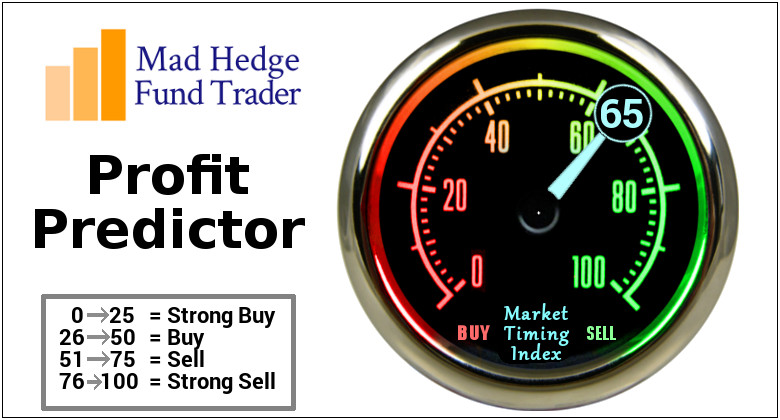
Global Market Comments
July 22, 2020
Fiat Lux
Featured Trade:
(MY NEWLY UPDATED LONG-TERM PORTFOLIO),
(PFE), (BMY), (AMGN), (CELG), (CRSP), (FB), (PYPL), (GOOGL), (AAPL), (AMZN), (SQ), (JPM), (BAC), (BABA), (EEM), (FXA), (FCX), (GLD)

I am really happy with the performance of the Mad Hedge Long Term Portfolio since the last update on October 17, 2019. In fact, not only did we nail the best sectors to go heavily overweight, we completely dodged the bullets in the worst-performing ones, especially in energy.
For new subscribers, the Mad Hedge Long Term Portfolio is a “buy and forget” portfolio of stocks and ETFs. If trading is not your thing, these are the investments you can make, and then not touch until you start drawing down your retirement funds at age 70 ½.
For some of you, that is not for another 50 years. For others, it was yesterday.
There is only one thing you need to do now and that is to rebalance. Buy or sell what you need to reweight every position to its appropriate 5% or 10% weighting. Rebalancing is one of the only free lunches out there and always adds performance over time. You should follow the rules assiduously.
Despite the seismic changes that have taken place in the global economy over the past nine months, I only need to make minor changes to the portfolio, which I have highlighted in red.
To download the entire portfolio in an excel spreadsheet, please go to www.madhedgefundtrader.com , log in, go to “My Account”, then “Global Trading Dispatch”, then click on the “Long Term Portfolio” button.
My 5% holding in Biogen (BIIB) was taken over by Bristol Myers (BMY) at a hefty premium at an all-time high, so I’ll take the win. I am replacing it with Covid-19 vaccine frontrunner Bristol Myers (BMY) itself.
I am also taking out healthcare provider Cigna (CI), whose profits have been hammered by the pandemic. A future Biden administration might also move to a national healthcare system that will cap profits. I am replacing it with another Covid-19 vaccine leader Pfizer (PFE).
My 30% weighting in technology remains the same. Even though these stocks are 30% more expensive than they were three years ago, I believe they will lead the charge into the 2020s. It’s where the big growth is. These have doubled or more over the past nine months.
I am sticking with a 10% weighting in banking. Thanks to trillions in stimulus loans, they are now the most government-subsidized sector of the economy. I also believe that massive bond issuance by the US Treasury will deliver a sharply steepening yield curve, another pro bank development.
With my 10% international exposure, I am taking out a 5% weight in slow-growth Japan and replacing it with Chinese Internet giant Alibaba (BABA). The US will most likely dial back its vociferous anti-Chinese stance next year and (BABA) will soar.
I am executing another switch in my foreign currency exposure, taking out a long in the Japanese yen (FXY) and a short in the Euro (EUO) and substituting in a double long in the Australian dollar (FXA).
Australia will be a leveraged beneficiary of a recovery in the global economy, both through a recovery on commodity prices and gold which has already started, and the post-pandemic return of Chinese tourism and investment. I argue that the Aussie will eventually make it to parity with the US dollar, or 1:1.
I’m quite happy with my 10% holding in gold (GLD), which should move to new all-time highs imminently….and then go ballistic.
As for energy, I will keep my weighting at zero, no matter how cheap it has gotten. Never confuse “gone down a lot” with “cheap”. I think the bankruptcies have only just started and will stretch on for a decade. Thanks to hyper-accelerating technology, the adoption of electric cars, and less movement overall in the new economy, energy is about to become free.
My ten-year assumption for the US and the global economy remains the same.
When we come out the other side of this, we will be perfectly poised to launch into my new American Golden Age, or the next Roaring Twenties. With interest rates still at zero, oil cheap, there will be no reason not to. The Dow Average will rise by 400% or more in the coming decade. The American coming out the other side of the pandemic will be far more efficient and profitable than the old.
I hope you find this useful and I’ll be sending out another update in six months so you can rebalance once again.
Stay healthy.
John Thomas
CEO & Publisher
The Diary of a Mad Hedge Fund Trader
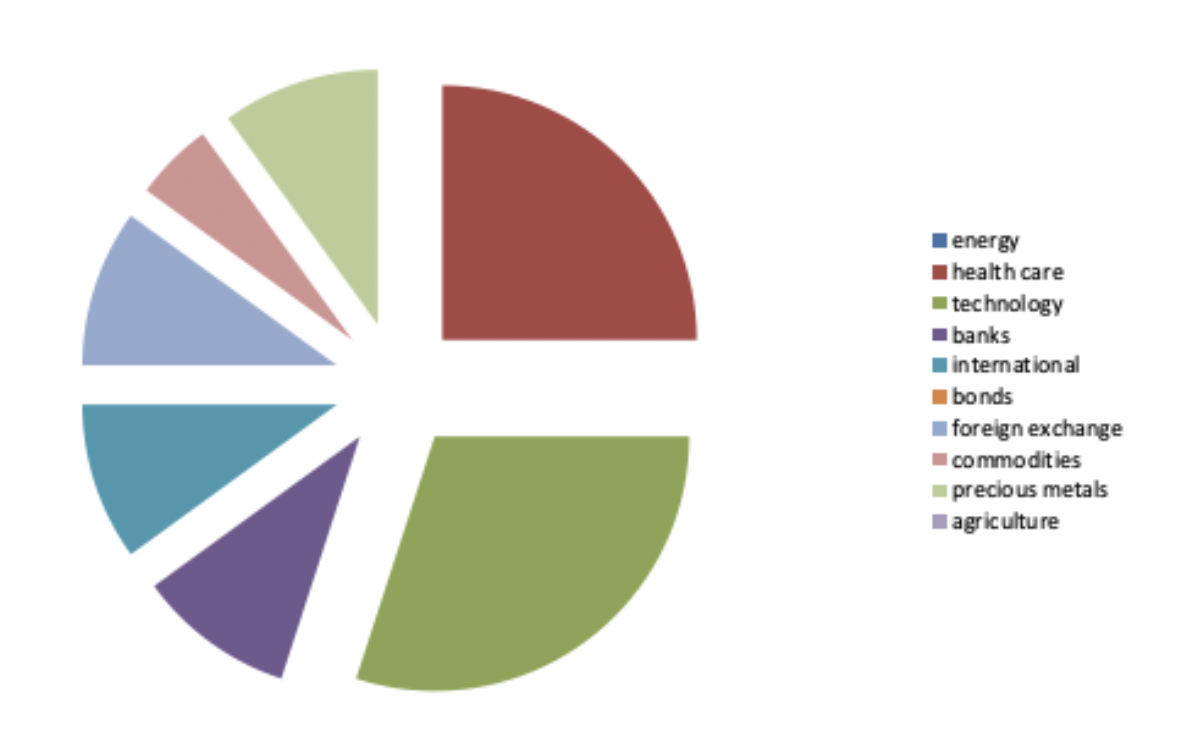
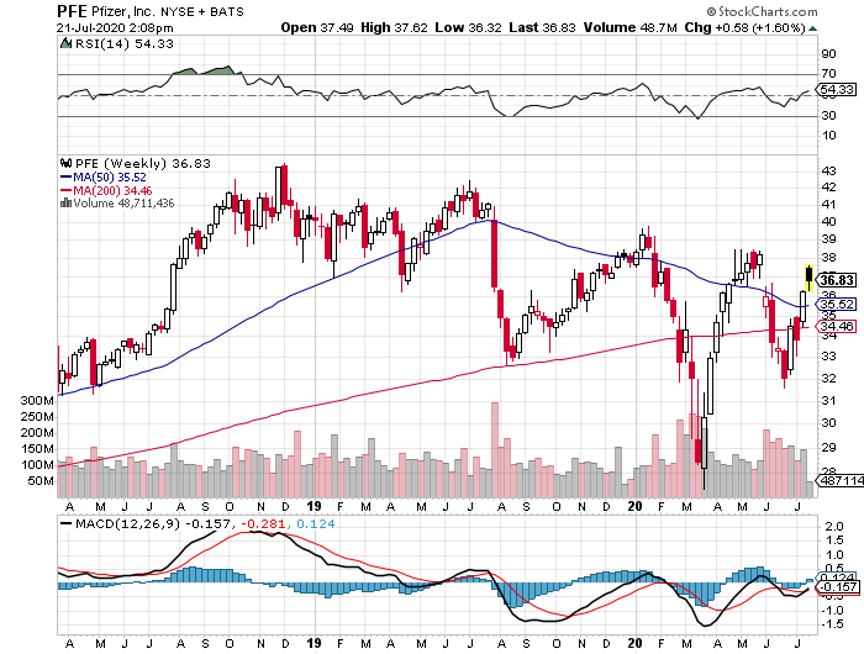

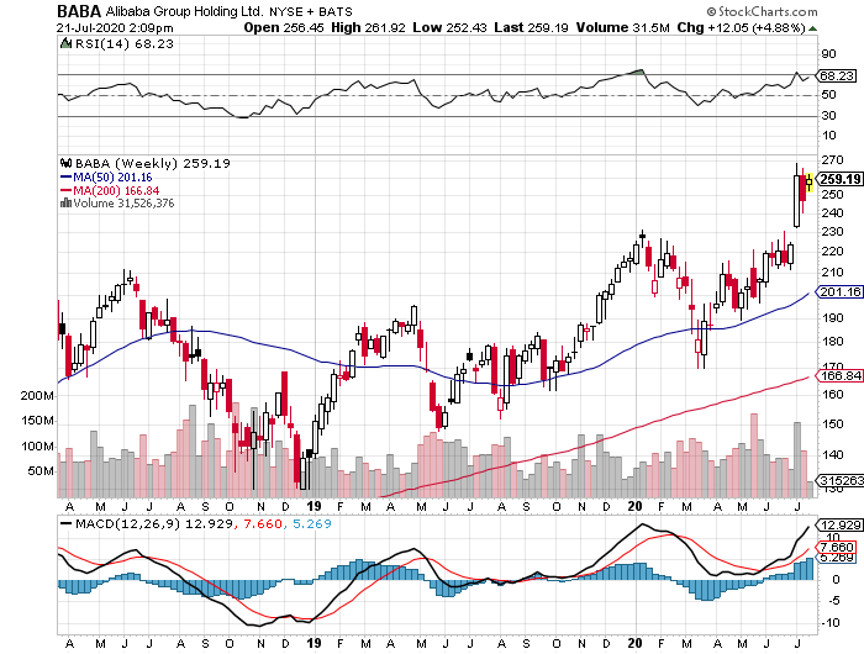
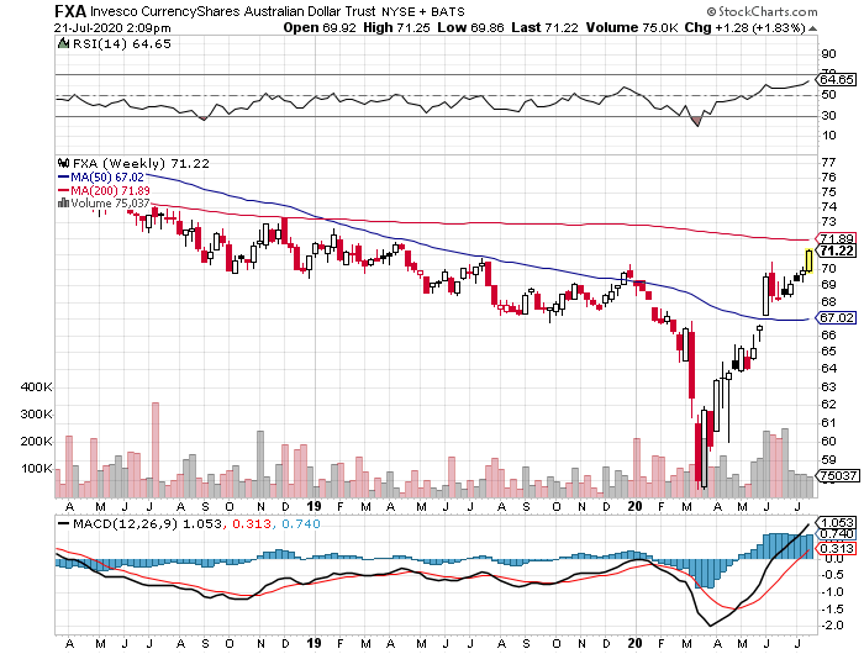

Global Market Comments
February 20, 2020
Fiat Lux
SPECIAL FANG ISSUE
Featured Trade:
(FINDING A NEW FANG),
(FB), (AAPL), (NFLX), (GOOGL),
(TSLA), (BABA)
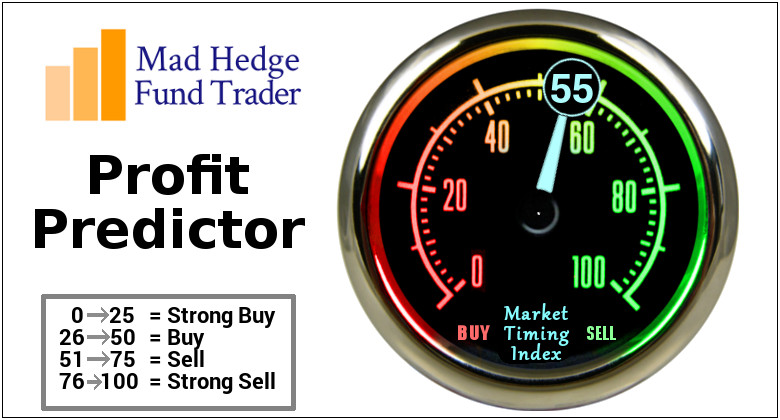
We all love our FANGS.
Not only have Facebook (FB), Apple (AAPL), Netflix (NFLX), and Alphabet (GOOGL) been at the core of our investment performance for the past decade years, we also gobble up their products and services like kids eating their candy stash the day after Halloween.
Three of the FANGs have already won the race to become the first $1 trillion in history, Apple, Amazon, and Microsoft.
In fact, the FANGs are so popular that we need more of them, a lot more. So how do we find a new FANG?
Here is where it gets complicated. None of the four have perfect business models. All excel in many things but are deficient at others.
So, there are at least four different answers as to what makes a FANG. A more accurate answer would probably be 4 squared, or four to the tenth power.
I will list the eight crucial elements that make a FANG.
1) Product Differentiation
In medieval times, location was the most important determinant of business success. If you owned Ye Olde Shoppe at the foot of London Bridge, you prospered.
Then, great distribution was crucial. This occurred during the 19th century when the railroads ran the economy.
Products followed with the automobile boom of the 20th century, when those who dreamed up 18-inch tailfins dominated. This strategy was applied to all consumer products.
The Financial age came next, when cheap money was used to assemble massive conglomerates that was the primary determinant of success.
The eighties and nineties spawned the era of global brands, be it Coca Cola, MacDonald’s, Lexus, or Gucci.
Today, the global economy is ruled by those who can provide the best services. Facebook offers you personal access to a network of 1.5 billion. Apple will sell you a phone that can perform a magical array of tricks.
Netflix will stream any video content imaginable with lightning speed. Alphabet will deliver you any piece of information you want as fast as you can type, but charges advertisers hundreds of billions of dollars to get in your way.
This has created what I call an “Apple” effect. It stampedes buyers to pay the highest premiums for the best products, assuring global dominance.
While Apple accounts for less than 10% of the smart phone market, it captures a stunning 92% of the net profits. Everyone else is just an “also ran.”
Instead of driving my car into a dingy dealership every few months to get ripped off for a tune up, Tesla (TSLA) does it remotely, online, while I sleep, for free.
Unlike battling for a smelly New York taxi cab in a snow storm, a smiling Uber driver will show up instantly, know where to go, automatically bill me at a discount price, and even give me restaurant recommendations in Kabul.
And you all know what Amazon can do. It beats the hell out of looking for a parking space at a mall these days, only to be told they don’t have your size (48 XLT).
2. Visionary Capital
If you have a great vision, you can get unlimited financing free from investors anywhere. That puts those who must pay for expensive external financing for growth at a huge disadvantage.
Have a great vision, and the world is your oyster.
Elon Musk figured this out early with Tesla. By promising a “carbon-free economy,” he has been able to raise tens of billions of equity capital even though his firm has never made a real profit.
Alphabet is “organizing the world’s information”, while Facebook is “connecting the world.”
Chinese Internet giant Alibaba (BABA) invented a holiday from scratch, “Singles Day,” November 11, which has quickly become the most feverish shopping day in history. In 2019, they booked an unbelievable $30.8 billion in sales in a single 24 hours period, up 27% from the previous year.
And you know the great thing about visions? Not only do venture capitalists and consumers love them, so do stock investors.
3) Global Reach
You have to go global or be gone. A company with 7 billion customers will beat one with only 330 million all day long.
Go global, and economies of scale kick in enormously. This is only possible if you digitize everything from the point of sale to the senior management. Some two-thirds of Facebook users are outside the US, although half its profits are homegrown.
By the way, the Mad Hedge Fund Trader is global, with readers in 135 countries. Our marginal cost of production is zero, and the entire firm is run off my American Express card. It’s a great business model. And boy, do I get a ton of frequent flier points! Whenever I board Virgin Atlantic’s nonstop from San Francisco to London, the entire crew stands up to salute.
4) Likeability
Who doesn’t like Mark Zuckerberg, with his ever-present hoodies, skinny jeans, and self-effacing demeanor. And who did Facebook send to Washington to testify about internet regulation but the attractive, razor-sharp, and witty Sheryl Sandberg? The senators ate out of her hand.
Bill Gates and Steve Ballmer? Not so likable. Their arrogance invited a ten-year antitrust suit against Microsoft (MSFT) from the Justice Department which half the legal profession made a living off of.
And here’s the thing. If people like you, so will consumers, regulators, and yes, even equity investors. It makes a big difference to the bottom line and your investment performance.
5) Vertical Integration
Crucial to the success of the FANGs is their complete control of the customer experience through vertical integration.
When FANGs don’t manufacture their own products, as Apple does, they source them, rebrand them, and sell them as their own, like Amazon.
The return on investment for advertising is plummeting. Just ask the National Football League. So, it has become essential for companies to keep a death grip on the customer the second they enter your site.
Some, like Amazon again, will keep chasing you long after you have left their sites with special offers and alternative products. Even if you change computers they will hunt you down.
One of my teenaged daughters used my computer to buy a swimsuit last summer, and let me tell you, booting up in the morning has been a real joy ever since.
This was the genius of the Apple store network. Buy one Apple product and they own you for life, like an indentured servant. They all integrate and talk to each other, a huge advantage for a small business owner. And they are cool.
No pimple-faced geeks wearing horn-rimmed glasses here. Get your iPhone fixed and you don’t talk to a technician, but a “genius.” It’s all about control.
Expect other strong brands to open their own store chains soon.
6) Artificial Intelligence
There is probably no more commonly known but least understood term in technology today. It’s like counting the number of people who have finished Dr. Stephen Hawking’s “A Brief History of Time” (I have).
A trillion-dollar company absolutely must be able to learn from human data input and then use algorithms to analyze it. Data has become the oxygen of the modern economy.
The company then use other algos to predict what you’re most likely buying next and then thrust it in front of your face screaming at the top of its lungs.
This has been evolving for decades.
First, there was demographic targeting. White suburban middle-class guys have all got to like Budweiser, right?
This turned into social targeting. If two friends “liked” the same brand, regardless of their demographics, they should be targeted by same advertisers.
Now we live in the age of behavioral targeting. There is no better predictor of future purchases than current activities. So, if I buy a plane ticket to Paris, offerings of Paris guidebooks, tours, French cookbooks, French dating services, and even seller of discount black berets suddenly start coming out of the woodwork.
It would be a vast understatement to say that behavioral targeting is the most successful marketing strategy ever invented. So, guess what? We’re going to get a lot more of it.
As depressing as this may sound, the number one goal of almost all new technological advancements these days is to get you to buy more stuff.
Better to use the public computer at the library to buy your copy of “50 Shades of Gray.”
7) Accelerant
If you want to throw gasoline on the growth of a company, you absolutely have to have the best people to do it. The companies with the smartest staff can suck in free capital, invent faster, develop speedier services, and always be ahead of the curve when compared to the competition.
This has led to enormous disparities in income. Companies will pay anything for winners, but virtually nothing for losers.
I’ll never forget the first day I walked on to the trading floor at Morgan Stanley (MS). I am 6’4” and am used to towering over those around me. But at Morgan, almost all the salesmen were my height or a few inches shorter.
The company specifically selected these people because they delivered better sales records. Height is intimidating, especially to short customers.
And that’s what the FANGs have, the programming equivalents of a crack all-6’4” sales team.
A few years ago, my son got a job as the head of International SEO at Google. He was rare in that he spoke fluent Japanese and carried three passports, US, British, and Japanese (born in London with a Japanese mom and American dad).
However, when he met his team, they all spoke multiple languages, were binational, and were valedictorians, National Merit Scholars, and Eagle Scouts to boot!
This is why immigration is such a hot button issue in Silicon Valley these days. If you can’t get a work visa for a graduating PhD in Computer Science from Stanford, he’ll just go back to China or India to start a local competitor that may someday eat your lunch.
By the way, if you get a FANG on your resume, even for a short period, you are set for life. Oh, and by the way, Apple gets 100,000 resumes a month!
8) Geography
It all about location, location, location. It’s no accident that Silicon Valley took root near two world class universities, the University of California at Berkeley (my alma mater), and the godless heathens at Stanford across the bay.
When the pioneers moved west in covered wagons in 1849, they came to a fork in the road. The god fearing families went right to the verdant farmland of Oregon, while young men cashing in on the latest get-rich-quick scheme chose left for the gold fields of California. Nothing has changed since.
Cal in particular was the recipient of massive government funding for the Manhattan Project that built the first atomic bomb during WWII. The tailwind lingers to this day. The world’s first cyclotron still occupies a local roundabout.
Universities provide the raw materials essential to create hot house local economies like the San Francisco Bay Area. And as much as every region in the US or country in the world would like to do this, none have been able to.
There is only one place in the world were a company can hire 1,000 engineers from scratch on short notice, and that is the Bay Area.
Also, innovation is city centered. Some two-thirds of future GDP growth will emanate from cities.
So, if you want to move your career forward, you better count on spending some serious time in Silicon Valley, New York, London, and Tokyo.
I’ve done all four and it paid handsomely.
So there you have it. Now we know what makes a FANG. I’ll be addressing who the most likely FANG candidates are in a future letter.
I want to thank my friend, Scott Galloway of New York University’s Stern School of Business for some of the concepts in this piece. His book, “The Four” is a must read for the serious tech investor.
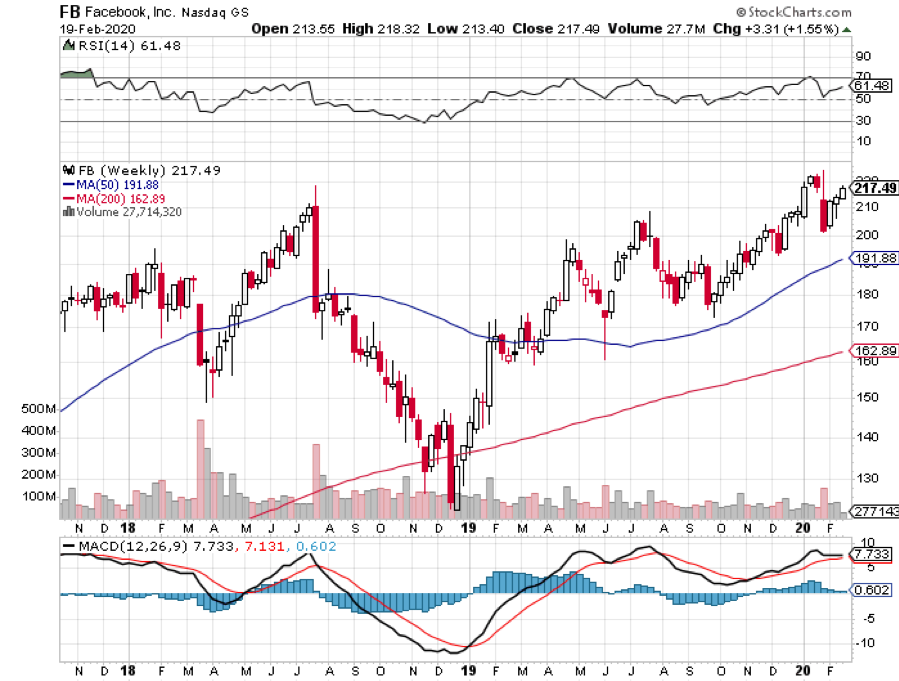
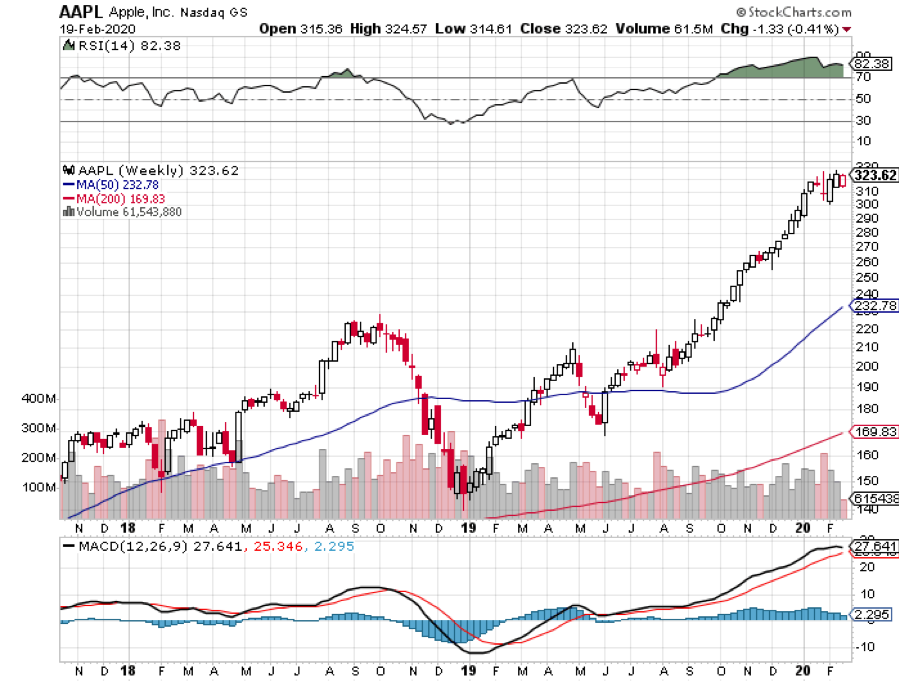
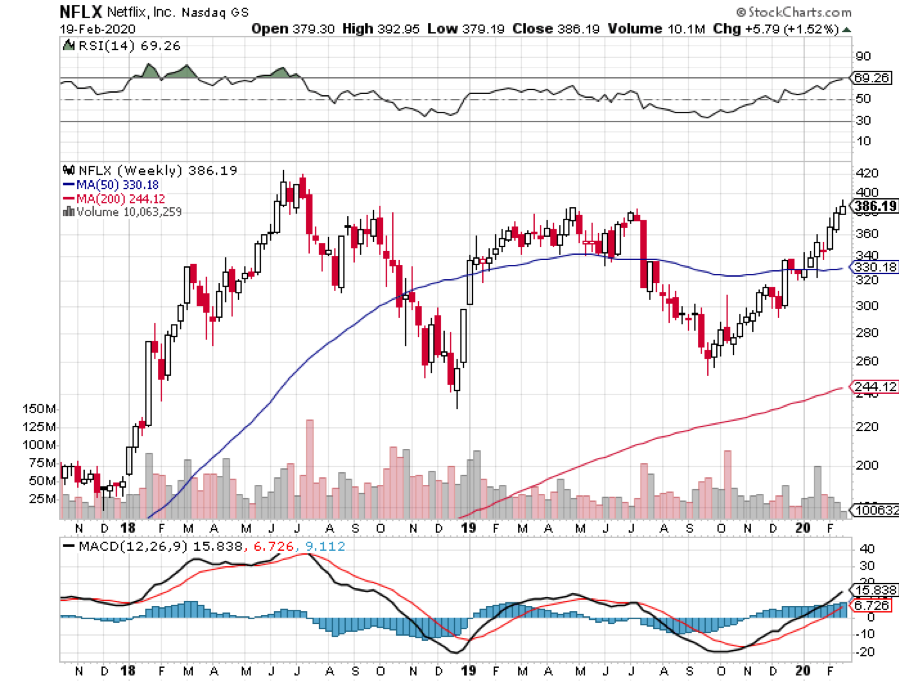
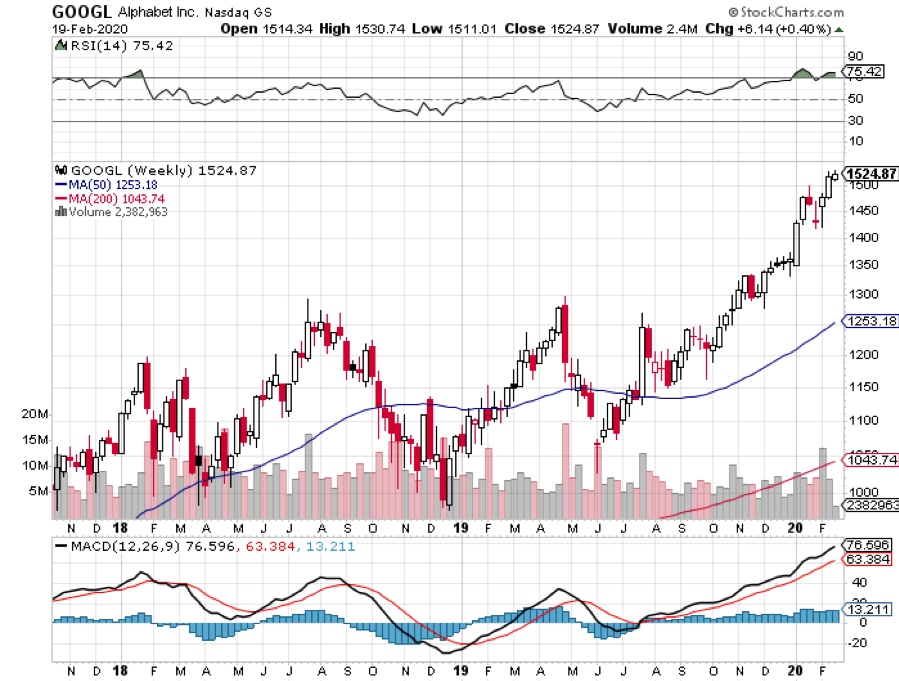

Mad Hedge Technology Letter
February 19, 2020
Fiat Lux
Featured Trade:
(BUY THE CORONA DIP),
(VZ), (T), (TMUS), (S), (AAPL), (BABA), (CSCO), (EXPE)
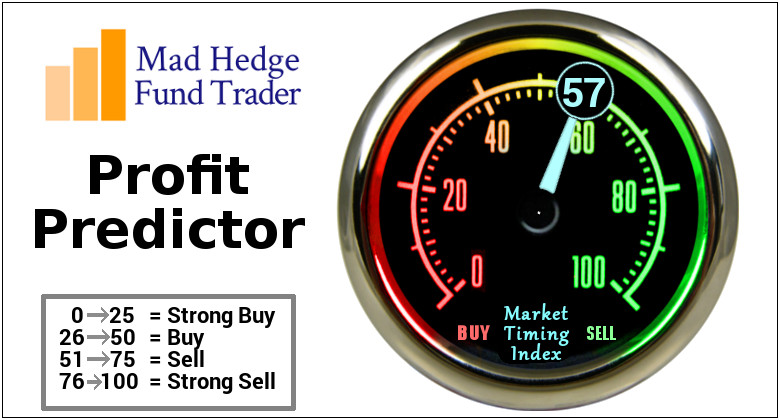
The coronavirus hammer finally came down and hit one of the dominant soldiers of big tech.
Apple (AAPL) led morning headlines nationwide by slashing quarterly revenue guidance stemming from production delays and weak demand in China.
Deleting the China demand for new iPhones is enough for the company to signal a looming revenue miss and rightly so, coronavirus has been 24-hour news for the past 2 months on the Asian continent.
As we speak, the cruise liner named the Diamond Princess is parked outside the port of Yokohama with the victims of infected rising by the day.
The optics are ugly, and China’s cover-up of the spreading went awfully awry and now pandora’s box is open.
Naturally, tech stocks can expect a few percentage points shaved off of this year’s annual growth targets and short-term sluggishness in shares exposed to China revenue.
What are the ramifications?
Telecom companies are in the incubation period of building out 5G wireless networks.
Naturally, tech shares will receive a bounce as network deployment gains traction as management commentary, during company earnings calls, on 5G business heats up.
However, the Mobile World Congress was cancelled by organizers stealing the chance for 5G stocks to hype up their position in 5G.
It is almost guaranteed at this point that China coronavirus will slow down the schedule for 5G wireless network buildouts.
Think about this, SARS lasted roughly half a year during 2002-2003, and the coronavirus appears to be worse than that.
Chinese telcoms will need to delay 5G and related equipment along with business that has around 150 million Chinese ensnared by the domestic quarantine.
Apple’s 5G iPhones in late 2020 could be delayed if there is no meaningful breakthrough in the contagion of the coronavirus and its ill effects on global business.
Apple stock appreciated on the hope that 5G iPhones aim to deliver the first meaningful consumer upgrade cycle in several years with a hefty price tag of $1,250.
This next generation iPhone could get pushed back to 2021 as Apple’s supply chain has been put on ice in mainland China.
If Verizon Communications (VZ), AT&T (T), T-Mobile US (TMUS) and Sprint (S) desire to aggressively expand their 5G networks, they might be in for a rude awakening because semiconductor companies might be stretched to limit and cannot provide the right components with supply chains pressured everywhere.
The truth is that supply chains are impacting diverse and interconnected sectors of the electronics industry.
And the epidemic, arriving at dawn of 5G's mainstream deployment phase, is guaranteed to disrupt the progress of the next-generation wireless standard, as the crisis slows the production of key smartphone components, including displays and semiconductors.
Chip companies and their shares have naturally been rocked by the recent news and they aren’t the only ones.
Expedia (EXPE), the online travel company, revealed it will avoid providing a full-year forecast as the online travel services company reevaluates the impact of the coronavirus outbreak on its operations.
Investors can imagine that on mainland China, the situation is grim exerting a fundamental impact on the country’s consumers and merchants and will slice off revenue growth in the current quarter.
Alibaba (BABA), the Amazon of China, told investors that the virus is undermining production and output in the economy because many workers are stuck at home.
The virus has also changed the commerce patterns of consumers by pulling back on discretionary spending, including travel and restaurants.
The Chinese e-commerce giant’s revenue surged year-over-year by an impressive 38% to 161.5 billion yuan ($23.1 billion), while net income rose 58% to 52.3 billion yuan, but that could symbolize the high-water mark.
Chief Executive Officer Daniel Zhang and Chief Financial Officer Maggie Wu were explicit in mentioning that risks from the pandemic could deaden a piece of revenue moving forward and they weren’t shy about stating this.
Sound bites such as “overall revenue will be negatively impacted,” and expecting growth to be “significantly” negative is quite black and white.
China is almost certain to print weak GDP growth numbers because of cratering imports and a big drop in demand.
Echoing Alibaba’s weakness was network infrastructure company Cisco (CSCO) with a revenue shortfall of 3.5% year-over-year as major product categories like Infrastructure Platforms and Applications were hit.
Cisco must find new cycles in core activities to regain any momentum and chip companies must do the same as the administration turns the screws on Huawei and injects more barriers to U.S. chip companies selling abroad.
This adds to the broader risks of elevated corporate debt and the upcoming U.S. election where tech management is nervous that a new President could throw big tech under the bus.
The coronavirus pours fuel on the flames.
The silver lining is the blows to these companies are softened by the ironic fact that big tech has become the safety trade to the coronavirus and even if 5G is delayed, chip stocks will eventually benefit from a fresh wave of revenue drivers when the 5G network is finally deployed.
However, it is way too early to announce the death of big tech, there are far too many secular tailwinds driving these companies.
The tech bull market is still intact and there will be opportunity to buy.

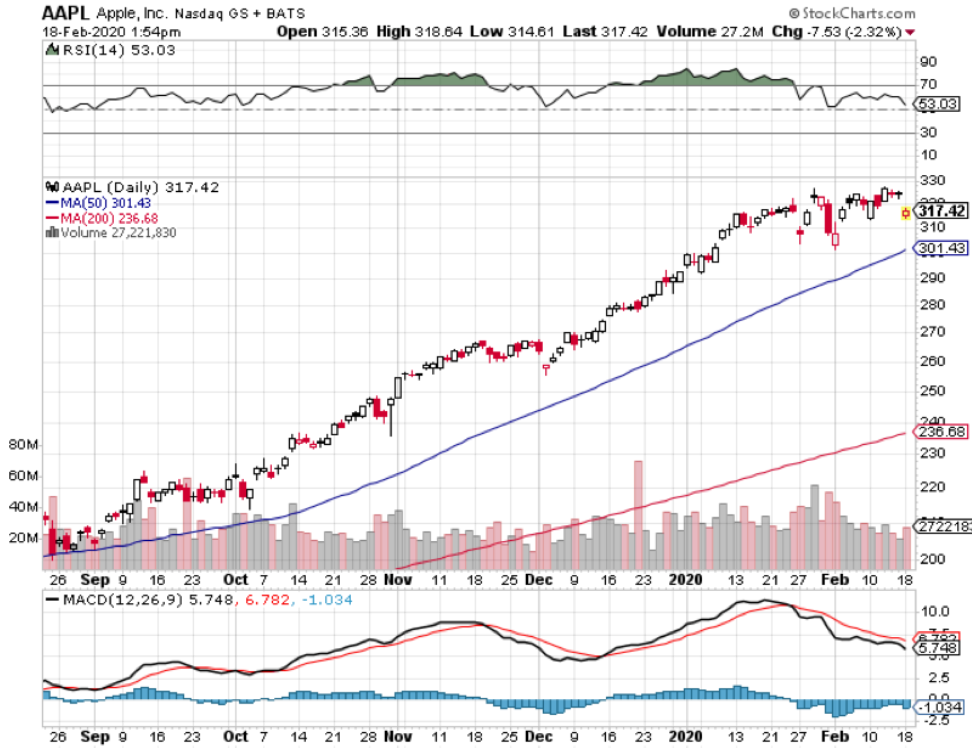
Global Market Comments
December 20, 2019
Fiat Lux
Featured Trade:
(DECEMBER 18 BIWEEKLY STRATEGY WEBINAR Q&A),
(BA), (CRSP), (BABA), (GLD), (PANW), (VIX), (VXX)
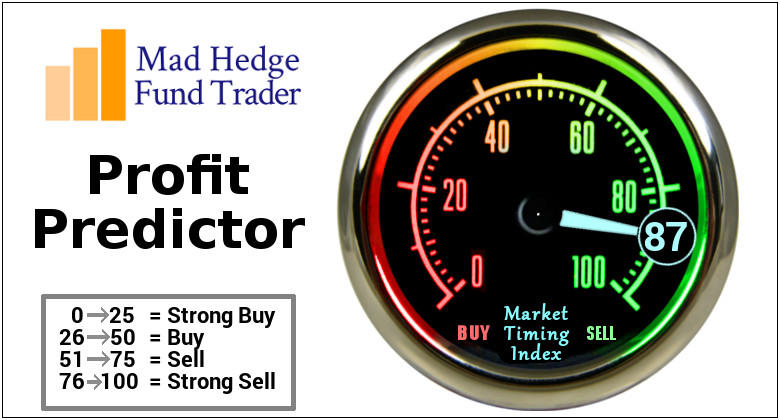
Below please find subscribers’ Q&A for the Mad Hedge Fund Trader December 18 Global Strategy Webinar broadcast from Silicon Valley, CA with my guest and co-host Bill Davis of the Mad Day Trader. Keep those questions coming!
Q: What is the status of Boeing (BA) and when should I buy it?
A: Their 737 production was shut down because they literally ran out of space to park completed planes. They have something like 400 of them now sitting around on tarmacs all around northern Washington state. This is the worst-case scenario so it is a very tempting place to buy; I would do something like a February 2020 $250-$270 vertical bull call spread, make 10% in a month, and be conservative. If it weren't year-end, and I didn't already have my year in the bag, I would probably buy Boeing right here.
Q: Do you recommend CRISPR (CRSP) therapeutics as a buy?
A: Yes, but on a dip. I always hate buying stocks after they doubled. At some point in 2020, we will see correction in biotech stocks, and then you want to load the boat again. Here, I’m buying nothing.
Q: Is Palo Alto Networks (PANW) a buy at these levels?
A: Yes, it’s already had its correction—it's one of the few stocks that are buyable at these levels. But I would do something like a call spread, which is limited risk. As far as a pairs trade with Palo Alto vs Nvidia...I would not touch that with a ten-foot pole, because you can’t know the internal nature of two companies like that well enough to buy one and sell short the other against it. You could really get destroyed on that pairs trade, so don’t make that mistake.
Q: Do you think the US dollar (UUP) will head higher or lower next year?
A: It will go a lot lower, as the chickens from all the government borrowing come home to roost. More borrowing brings a lower dollar, which brings lower everything in the US; all US dollar-denominated assets will get hurt, and this may be what eventually kills off the bull market in stocks. Start buying the Euro (FXE) on dips.
Q: What do you think about Boris Johnson winning the UK election?
A: It is a disaster and will lead to the end of Great Britain. Scotland will go independent, Northern Ireland will join the Republic of Ireland, and even Wales may break off and form its own country. So, England will be reduced to a tiny rump of a country with a much lower standard of living. It may take 10 years to happen, but that’s where it’s going.
Q: Does the recent positive housing data mean we aren’t having a recession in 2020?
A: Yes, in fact the market has been backing out of a 2020 recession for the last three months; and the leading sector in the recovery has been housing, caused partly by extremely low-interest rates but also partly by millions of new millennials pouring into the housing market for the first time. Finally, my basement is empty. That explains why the entry-level and middle level of the market are strong, and the high end is still decreasing in price.
Q: Back in August, the global economy looked to be stalling, yet it was a great time to buy stocks.
A: That is exactly when to buy stocks—when the economy is terrible. If you get used to buying on the bad news and selling on the good news you will do very well as a trader. Most people do the opposite—people were dumping stocks in August. And that of course was when we went with one of our rare 100% longs. By the way, this happens every August, which is why I take my vacations in July.
Q: Do you see a global slowdown during the melt-up?
A: Well, the economy is still slowing down. It never stopped slowing down—we’re probably looking at a 1.5% GDP this quarter. However, in liquidity-driven markets, you don’t look at fundamentals; you look at the amount of cash that is available to buy equities, that’s why you buy equities. That said, if we ever do get a real economic recovery, you might actually have stocks going down because a price-earnings multiple of 20X is not an ideal place to buy stocks.
Q: What do you prefer for a Volatility Index (VIX) trade?
A: An option on the iPath Series B S&P 500 VIX Short Term Futures ETN (VXX) is one. Go long dates, like a year, and deep out-of-the-money, like the $18 strike price, to minimize the hot from Time decay. If your (VIX) goes back up to $25 the (VXX) will soar to $27 and you will make a fortune.
However, if you have the facility to trade futures, then options on the futures in the VIX is how most professionals will trade that.
Q: Should we be worried about the Repo crisis as we approach the end of the quarter?
A: Absolutely, you should be worried—the Fed might have to come through with another round of quantitative easing in order to prevent a surprise overnight pop in interest rates to 5%. That’s what happened last quarter; it could certainly happen again. The basic problem is that the structure of the US debt markets aren't built to handle the volume of borrowing that’s coming through from the US government, so with debt at an all-time high, we’re kind of in new territory here in terms of whether or not markets can actually handle that amount of borrowing. Total government borrowing next year will probably be $1.75 trillion dollars.
Q: What do you make of gold (GLD) at these levels?
A: Cheap but getting cheaper. You want to buy it the day the stock market peaks out in Q1 2020.
Q: Are Chinese equities a buy after the phase one trade deal?
A: Yes, and Alibaba (BABA) is probably your first pick in the Chinese area. During the whole trade war, the Chinese took significant action to stimulate their economy in order to offset the drag on trade. That stimulus is still out there, so we could see a reacceleration in the economy now that the trade war is no longer worsening.
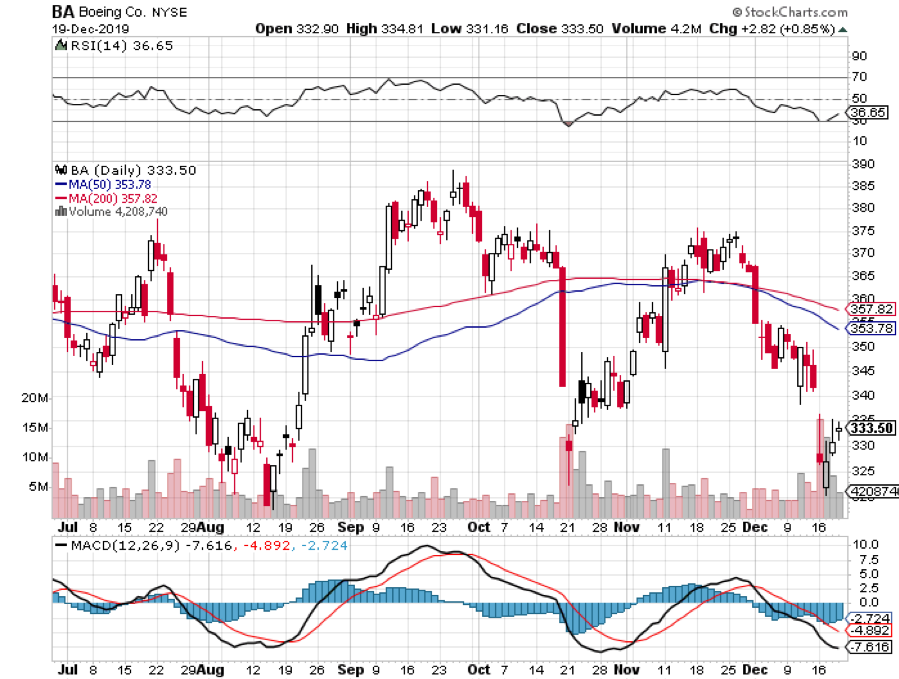
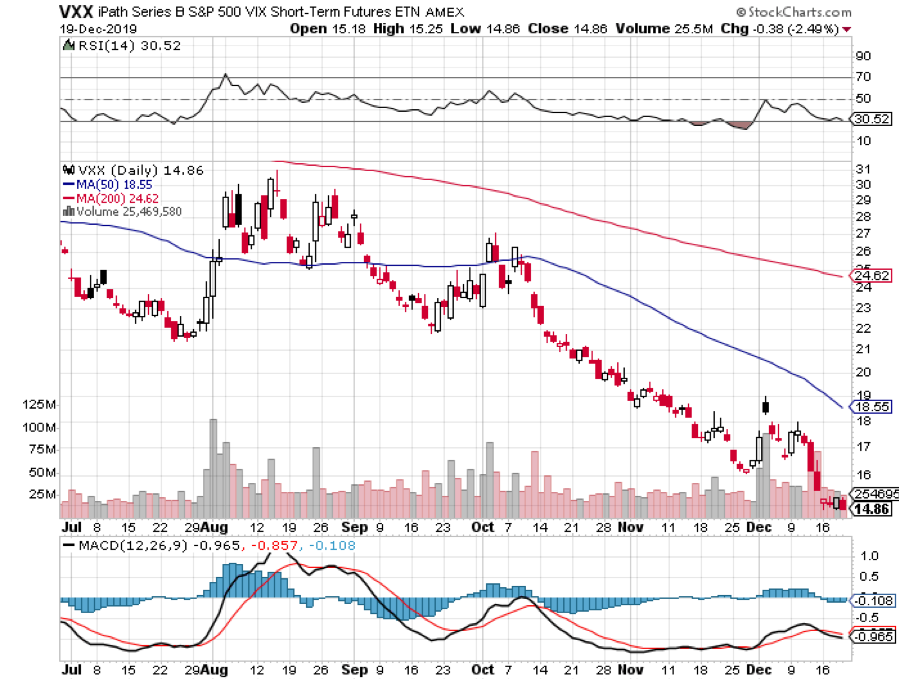
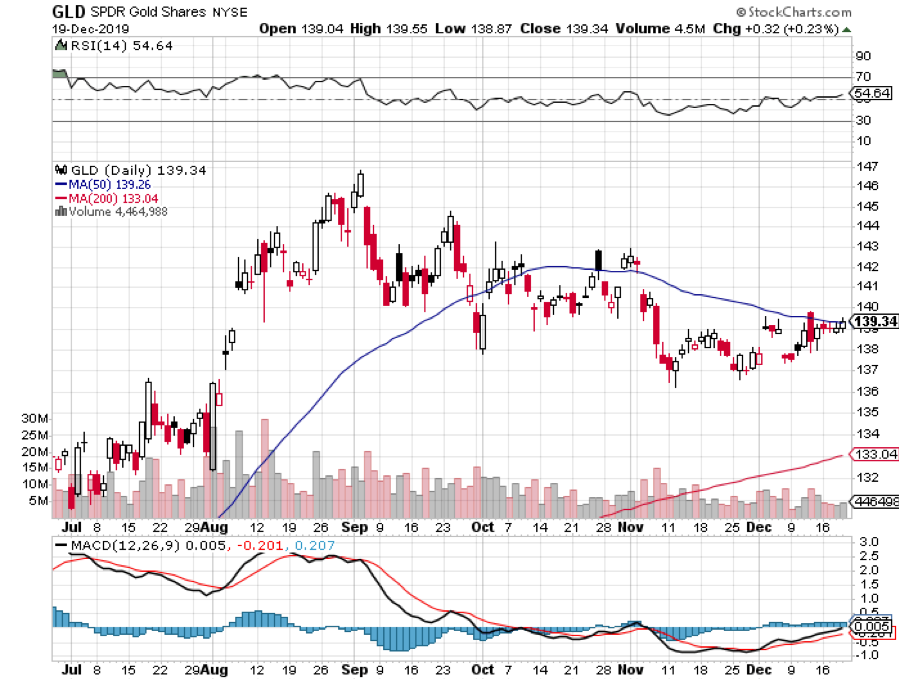
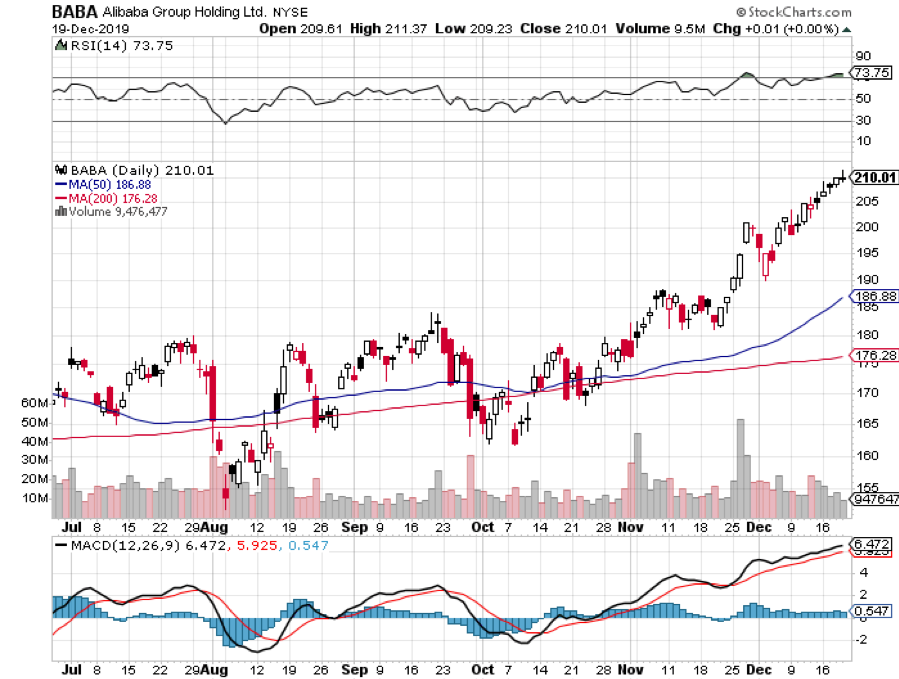

Global Market Comments
December 16, 2019
Fiat Lux
Featured Trade:
(MARKET OUTLOOK FOR THE WEEK AHEAD, or THE GOOD NEWS IS OUT)
(FXI), (AAPL), (FXB), (VIX), (USO), (BABA), (NSC), (MSFT), (GOOGL)
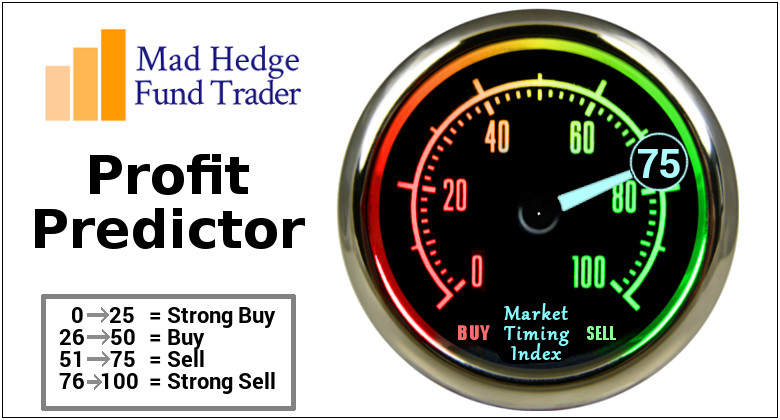
After a China trade deal, UK election and a NAFTA 2.0 are announced, what is left to drive the stock market?
That is a very good question and explains why the Dow Average was up only a microscopic 3.33 points on Friday. It had spent much of the day down.
It’s not a pretty picture.
Not only is the market running out of drivers, the economic data is still decelerating, with the GDP running a 1.5% rate, inflation rising, and corporate earnings growth at zero, with earnings multiples at 17-year high.
A Wiley Coyote moment comes to mind.
And while we are finishing a great 27% year (56% for the Mad Hedge Fund Trader), we are in effect getting three years of performance packed into one. Not only did we pull forward a good chunk of 2020’s performance, we borrowed heavily from 2018 as well, coming in at such a low start as we did.
Thus 2019 might well get bookended by an 8% gain in 2018 and another 8% year in 2020, with dividends. Blame it all on the massive liquidity burst we got from the Fed that started last December and continues unabated.
Stocks have been floated by a tidal wave of new money creation worldwide. Globally, new money creation is running at a $1 trillion a month rate and much of that is ending up in the US stock market, especially in technology shares.
The rush was enough to drive Apple (AAPL) to a new all-time high at $275, pushing its market capitalization up to a staggering $1.2 trillion. It could surpass Saudi ARAMCO’s $2 trillion valuation in a year or two.
Steve Jobs’ creation now accounts for a mind-blowing 6% of the S&P 500 and 4% of total US stock market capitalization. It’s the best argument I’ve ever heard for becoming a hippy and dropping out of college after one quarter.
Which leads us to paint a picture for the 2020 stock market. Even the most optimistic outlook for next year, that of Ed Yardeni, is calling for only a 10% gain. Many prognostications are calling for negative numbers next year.
You might be better off parking your money in a 2% CD and taking a cruise around the world. I’ve done that before, and it works fantastically well.
You’re only going to have one shot at making money in 2020. Wait for a 10%-20% nosedive to go long. My guess is that happens when it becomes clear that the Democrats are dominating in the polls (Joe Biden is currently 14 points ahead in swing state Pennsylvania). No matter who wins, less borrowing, less spending, and higher taxes will prevail.
Then stocks will rally 10% AFTER the election because the uncertainty is gone. That will get you a 20%-30% profit in 2020, but only of you are a trader and follow the Mad Hedge Fund Trader. After basking in their own brilliance in 2019, 2020 might be a year when indexers wish they never heard of the term.
In the end, corporate earnings growth always wins, especially in tech, which is still growing at 20% a year. Remember, my 2030 forecast for the Dow Average is 125,000.
China (FXI) won big in mini trade deal. We rolled back a tariff increase that was never going to happen and the Chinese buy $50 billion worth of soybeans they were going to buy anyway, except at half the price that prevailed two years ago. All of it will come out of stockpiles built up during the trade war. Only the ag sector is affected, which is 2% of the US economy. The ag markets aren’t buying it. If this were a real trade deal, stocks would be up 1,000 points, not 89.
Conservatives won big in UK election. The British pound (FXB) is up 2% and stocks are soaring. A hard Brexit is coming, so look for Scotland to secede and Northern Ireland to join the Republic. The UK will be gone as we know it. Britain’s standard of living will plummet. Great Britain will no longer be great, and the Russians financed the whole thing.
Volatility crashed, as complacency rules supreme. Don’t buy (VIX) until we see the $11 handle again.
Chinese copper purchases hit a 13-month high, up 12.1% in November, to 483,000 metric tonnes. It explains the 78% move up in Freeport McMoRan (FCX) since October, the world’s largest producer. Obviously, someone believes a trade deal is coming. My long LEAP players love it.
US Consumer inflation expectations rebounded, up 0.1% to 2.5%, accounting to the New York Fed. That’s crawling up from a five-year low, a slightly positive economic note.
Saudi ARAMCO went public, with a 10% pop in the shares on the first two days, providing a $24 billion fund raise. This is one of the top three largest IPOs in history after Alibaba (BABA) and Softbank. It values the company at $1.88 trillion. Oil (USO) is down a dollar on the news, no longer needing artificial support to get the deal done. This could be one of the seminal shorts of our generation.
NAFTA 2.0 was signed, removing a potential negative from the market. It is 90% of the original NAFTA, not the “greatest trade deal in history” as claimed. Buy the main North/South railroad, Norfolk Southern (NSC) on the news.
Weekly Jobless Claims soared to a two-year high, by 49,000 to 252,000. Are stores laying people off from Christmas early this year, or did they never hire in the first place because the retail businesses are gone? Peak jobs are in. US job growth is now far slower than in the Obama era, as is GDP growth.
Most US companies will have fewer staff in 2020, except Mad Hedge Fund Trader. More automation and algos mean fewer humans. Only a capital spending freeze caused by the trade war kept a low of low-skilled people in their jobs.
This was a week for the Mad Hedge Trader Alert Service to catapult to new all-time highs.
My long positions have shrunk to my core (MSFT) and (GOOGL), which expire with the coming December 20 option expiration.
My Global Trading Dispatch performance ballooned to +356.00% for the past ten years, a new all-time high. My 2019 year-to-date catapulted back up to +55.86%. December stands at an outstanding +4.85% profit. My ten-year average annualized profit rebounded to +35.59%.
The coming week will be a noneventful one on the data front, with some housing data and the Q3 GDP on the menu. Anyway, everyone else will be out Christmas shopping or attending parties.
On Monday, December 16 at 9:30 AM, New York Empire State Manufacturing Index for December is out.
On Tuesday, December 17 at 9:30 AM, Housing Starts for November are released.
On Wednesday, December 18 at 11:30 AM, US EIA Crude Stocks for the previous week are announced.
On Thursday, December 19 at 8:00 AM Existing Home Sales are published. At 8:30 AM, we get Weekly Jobless Claims.
On Friday, December 20 at 9:30 AM, the final read on US Q3 GDP is printed. The Baker Hughes Rig Count follows at 2:00 PM.
As for me, after blowing out 1,200 Christmas trees, the Boy Scouts will be taking down the tree lot for the year. And who do they turn to when it comes to wielding a chain saw or sledge hammer?
Good luck and good trading.
John Thomas
CEO & Publisher
The Diary of a Mad Hedge Fund Trader
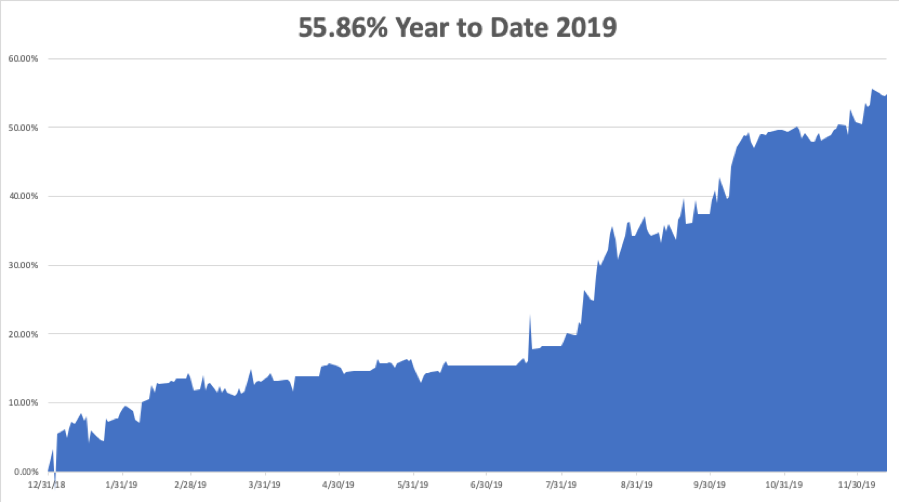
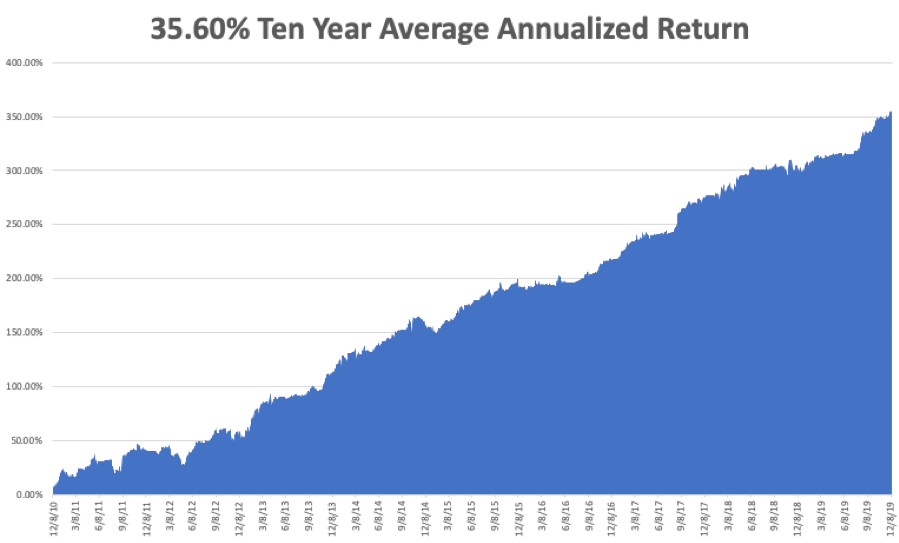
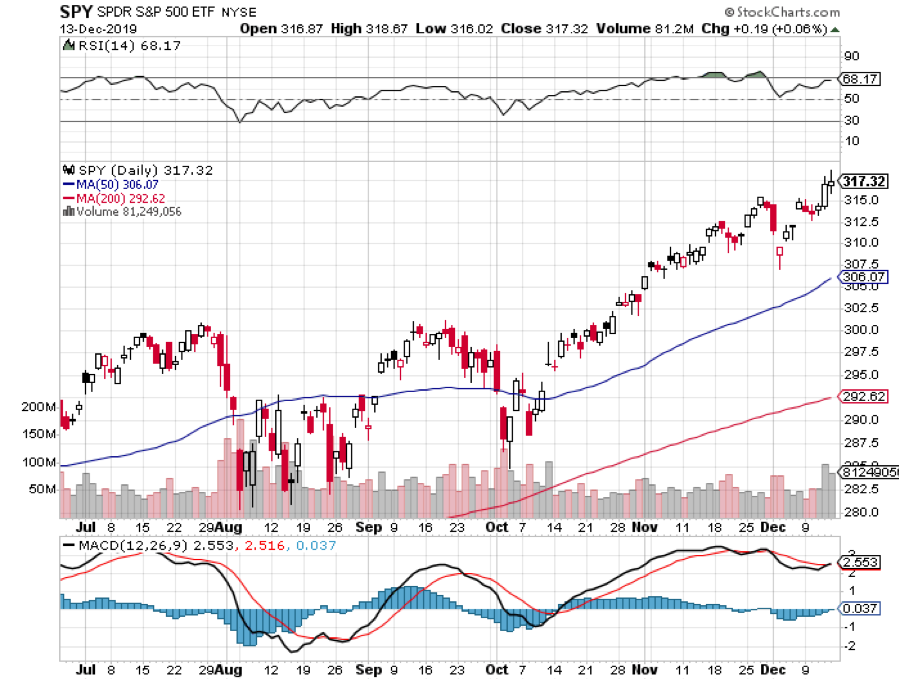
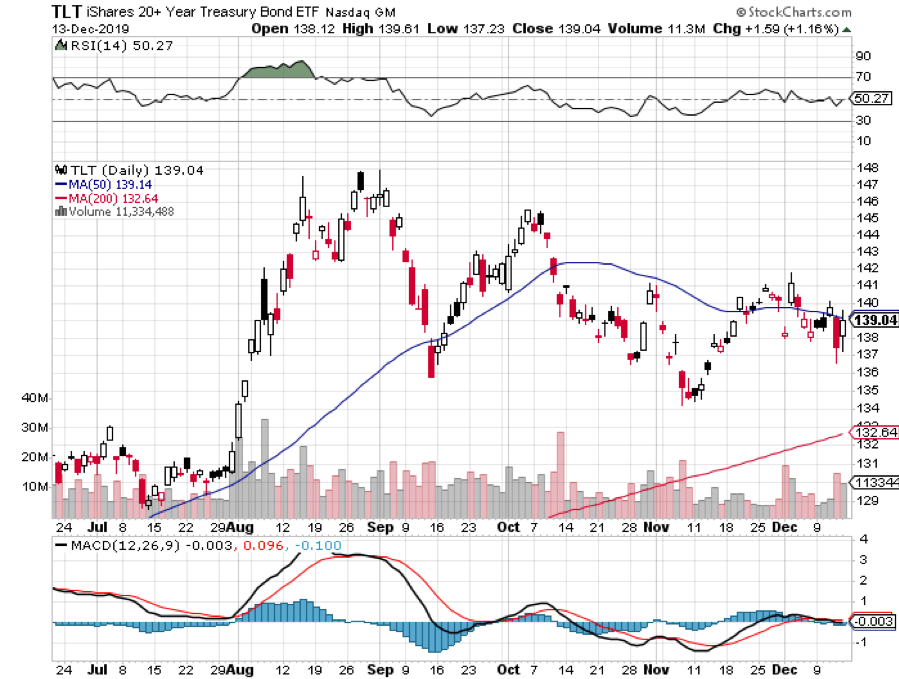
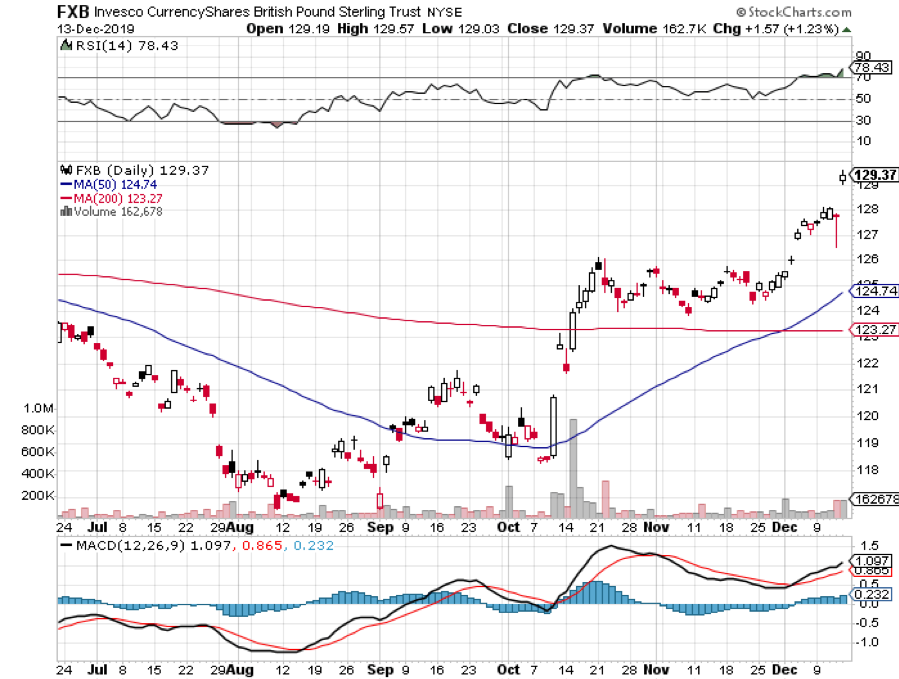
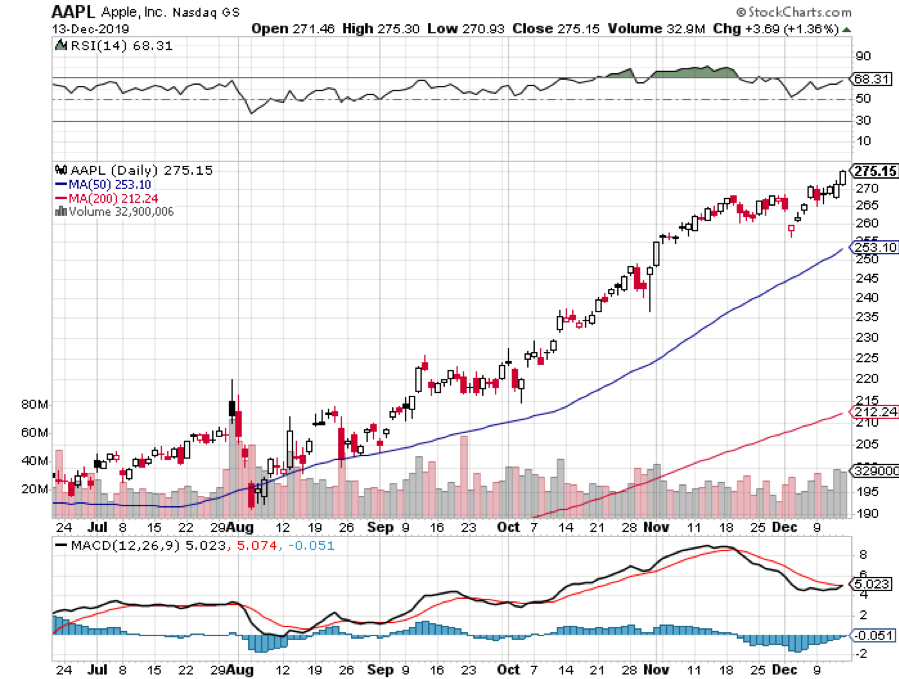

Legal Disclaimer
There is a very high degree of risk involved in trading. Past results are not indicative of future returns. MadHedgeFundTrader.com and all individuals affiliated with this site assume no responsibilities for your trading and investment results. The indicators, strategies, columns, articles and all other features are for educational purposes only and should not be construed as investment advice. Information for futures trading observations are obtained from sources believed to be reliable, but we do not warrant its completeness or accuracy, or warrant any results from the use of the information. Your use of the trading observations is entirely at your own risk and it is your sole responsibility to evaluate the accuracy, completeness and usefulness of the information. You must assess the risk of any trade with your broker and make your own independent decisions regarding any securities mentioned herein. Affiliates of MadHedgeFundTrader.com may have a position or effect transactions in the securities described herein (or options thereon) and/or otherwise employ trading strategies that may be consistent or inconsistent with the provided strategies.
This site uses cookies. By continuing to browse the site, you are agreeing to our use of cookies.
OKLearn moreWe may request cookies to be set on your device. We use cookies to let us know when you visit our websites, how you interact with us, to enrich your user experience, and to customize your relationship with our website.
Click on the different category headings to find out more. You can also change some of your preferences. Note that blocking some types of cookies may impact your experience on our websites and the services we are able to offer.
These cookies are strictly necessary to provide you with services available through our website and to use some of its features.
Because these cookies are strictly necessary to deliver the website, refuseing them will have impact how our site functions. You always can block or delete cookies by changing your browser settings and force blocking all cookies on this website. But this will always prompt you to accept/refuse cookies when revisiting our site.
We fully respect if you want to refuse cookies but to avoid asking you again and again kindly allow us to store a cookie for that. You are free to opt out any time or opt in for other cookies to get a better experience. If you refuse cookies we will remove all set cookies in our domain.
We provide you with a list of stored cookies on your computer in our domain so you can check what we stored. Due to security reasons we are not able to show or modify cookies from other domains. You can check these in your browser security settings.
These cookies collect information that is used either in aggregate form to help us understand how our website is being used or how effective our marketing campaigns are, or to help us customize our website and application for you in order to enhance your experience.
If you do not want that we track your visist to our site you can disable tracking in your browser here:
We also use different external services like Google Webfonts, Google Maps, and external Video providers. Since these providers may collect personal data like your IP address we allow you to block them here. Please be aware that this might heavily reduce the functionality and appearance of our site. Changes will take effect once you reload the page.
Google Webfont Settings:
Google Map Settings:
Vimeo and Youtube video embeds:
